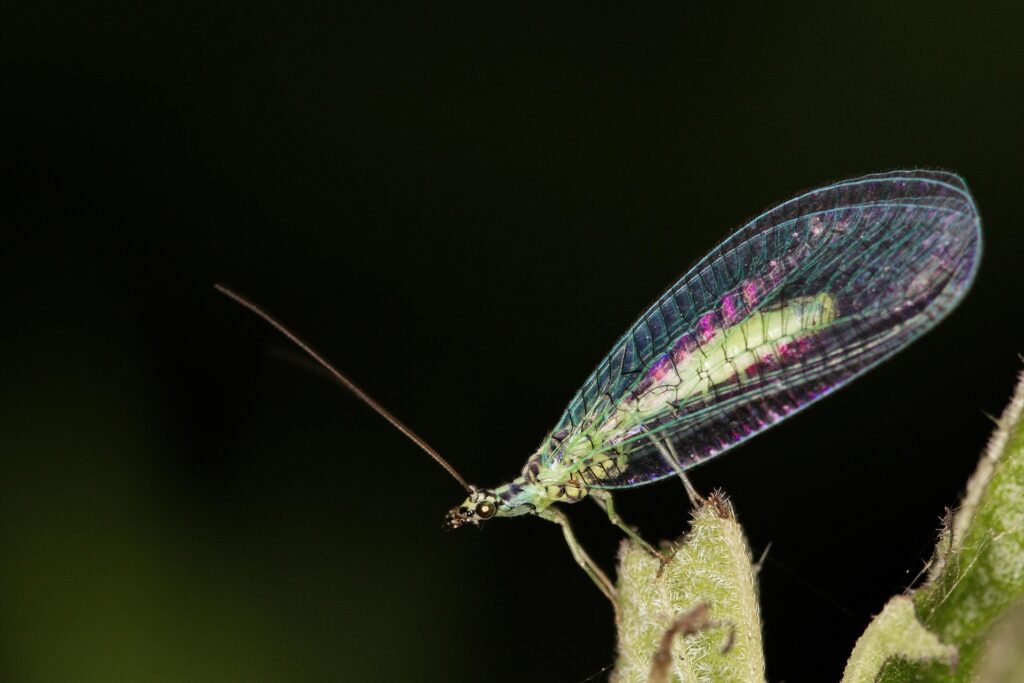Dealing with moth larvae in clothes, particularly with wool materials, can be a frustrating experience. Moths can quietly ruin expensive items by feeding on natural fibers, particularly wool. If you leave them unchecked, wool moths can cause extensive damage before you even realize there’s a problem. Identifying the signs of an infestation early is crucial to saving your clothes and preventing further damage.
Let’s jump in on how to identify moth larvae in clothes and discover ways to protect your clothes against moth infestation.
4 Signs of Clothes Moth Larvae in Wool Garments
The first step in managing a moth infestation is knowing what to look for. But before that, you need to know that not all moths are out to eat clothes. In fact, adult clothes moths themselves are not the culprits; it’s their larvae that do the real damage. Clothes moth larvae feed on natural fibers such as wool, fur, and even silk. Here’s how to recognize an infestation:
- Small Holes in Wool Clothing: One of the most obvious signs of clothes moth larvae in clothes in wool garments is small, irregular holes in your wool garments. Unlike some pests that chew through fabric evenly, moth larvae create uneven, jagged holes as they feed on the fibers. These holes may appear in places that are hard to notice at first, such as under collars or on creases.
- Silky Webbing or Cocoons: As moth larvae mature, they spin silk-like webbing that may resemble a spider’s web. These webs are often found in the folds or seams of wool clothing. You may also spot small, whitish cocoons of clothes moth larvae in the dresser attached to the fabric, where they pupate into adult moths.
- Larvae and Shed Casings: The larvae themselves are tiny, cream-colored caterpillars. You might find moth larvae in clothes tucked or crawling into the fabric. In addition to live larvae, you may also notice shed skins or casings, which are left behind as the larvae grow and molt.
- Moth Activity: While adult moths don’t feed on fabric, seeing clothes moth larvae in a dresser or closet is a strong sign that larvae are nearby. These adult moths are typically small and pale and do not fly toward light, preferring dark areas where they can lay their eggs.
3 Ways How to Protect Wool Clothing from Moth Infestation
Now that you know how to identify a clothes moth larvae infestation, it’s important to control and treat clothes moth larvae in clothes quickly to prevent further damage. Here are ways you can take to protect your wool garments:
- Clean Clothing Thoroughly: Moths are attracted to wool items that have been worn and may have absorbed oils, sweat, or food particles. Before storing any wool items for the season, make sure they’re clean. Dry cleaning is especially effective at killing larvae, eggs, and adult moths. Even hand-washing in hot water can help remove larvae, but it’s important to follow garment care instructions to avoid damaging your clothes.
- Store Wool Properly: Storing your wool items correctly is key to keeping moths at bay and ensuring long-term protection. To start, use airtight containers—plastic containers or garment bags work best to prevent moths from getting to the fabric. Avoid cardboard boxes, as moths can easily get through them; instead, go for sturdy plastic storage to keep your wool items safe and secure.
- Regularly Inspect Stored Items: If you store your wool clothes for long periods, make sure to inspect them every few months for signs of moth activity. By catching a potential problem early, you can save your garments from significant damage. Even if items are stored in sealed containers, checking periodically ensures that no moths have found their way in.
Keep Moths out of Your Wool Garments with Aptive
Don’t let clothes moths or their rapscallion larvae invade your wool garments. Checking for signs of cloth moth larvae in the house, especially in your dressers and fabrics, can help you tackle minor issues and protect your clothes from damage. But If you need to prevent your home from infestation or if you think moths have already taken over, Aptive is here to help! We offer pest control services designed to fit your needs. You can get a free quote online today and take the first step toward managing your pest problems. Let us help you keep your space and your clothes clear from pests.









